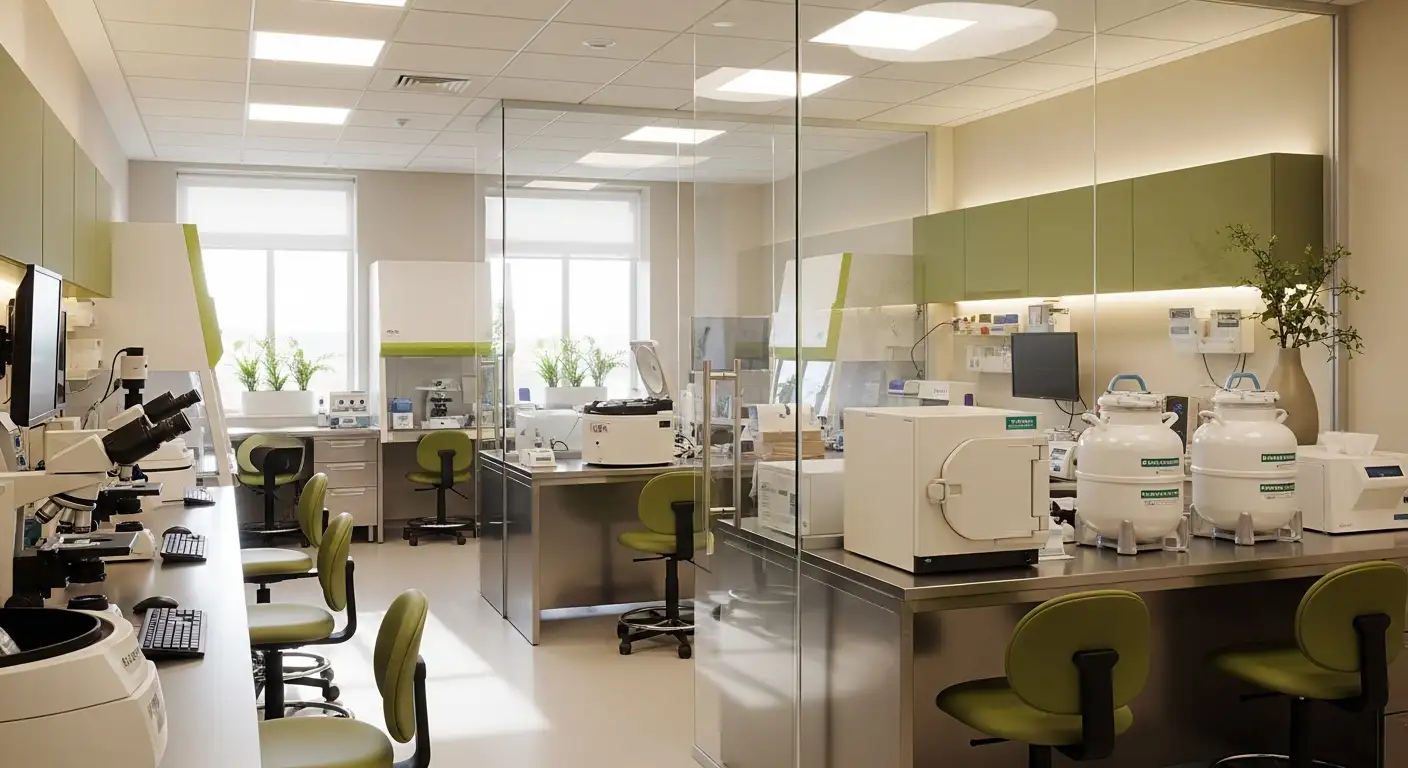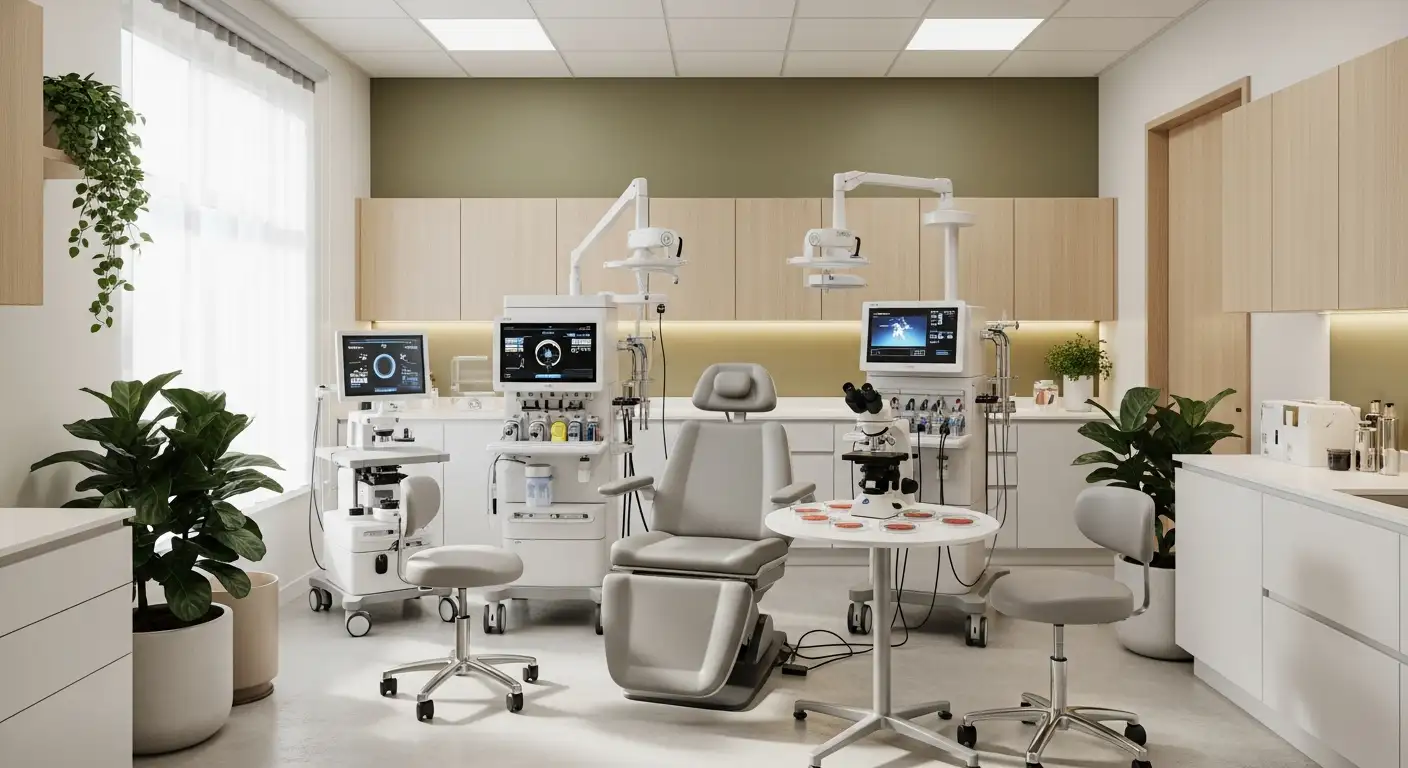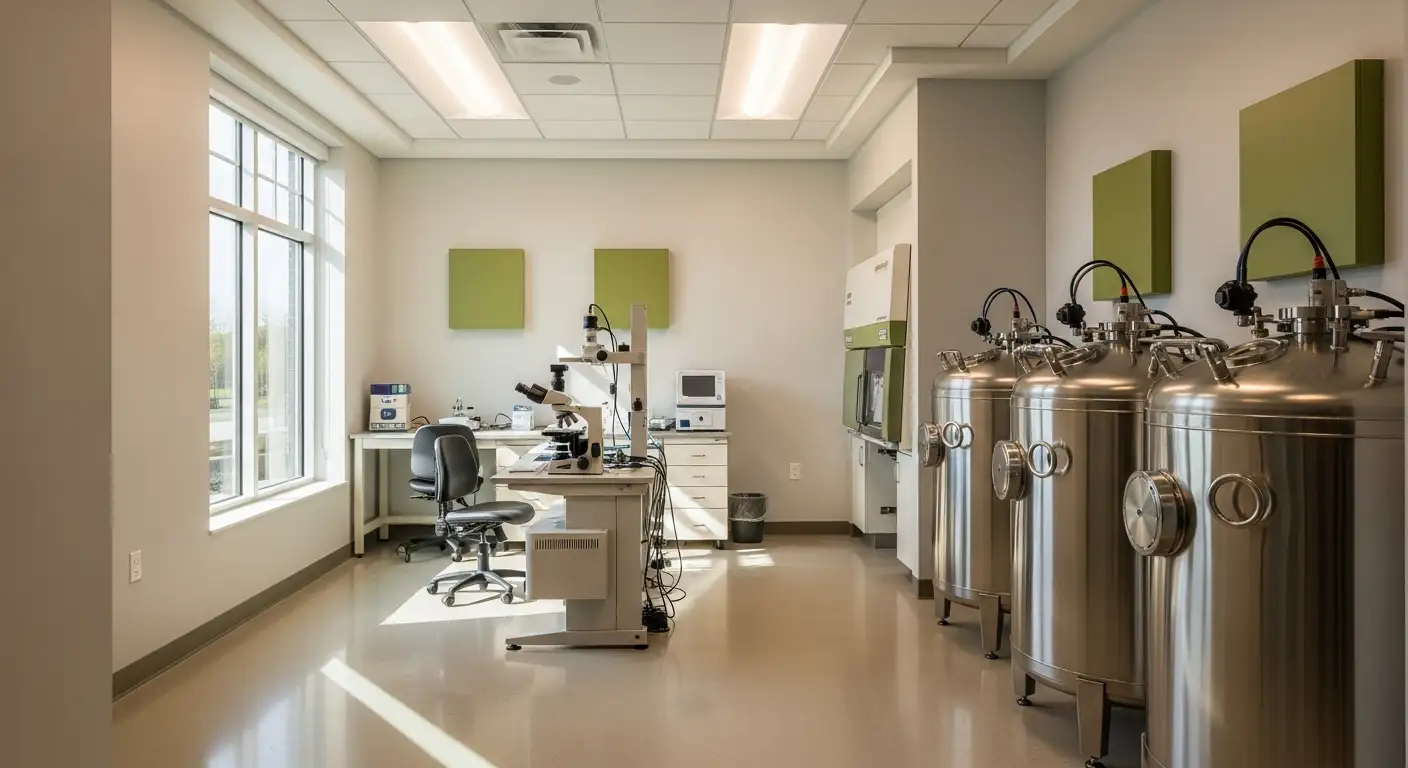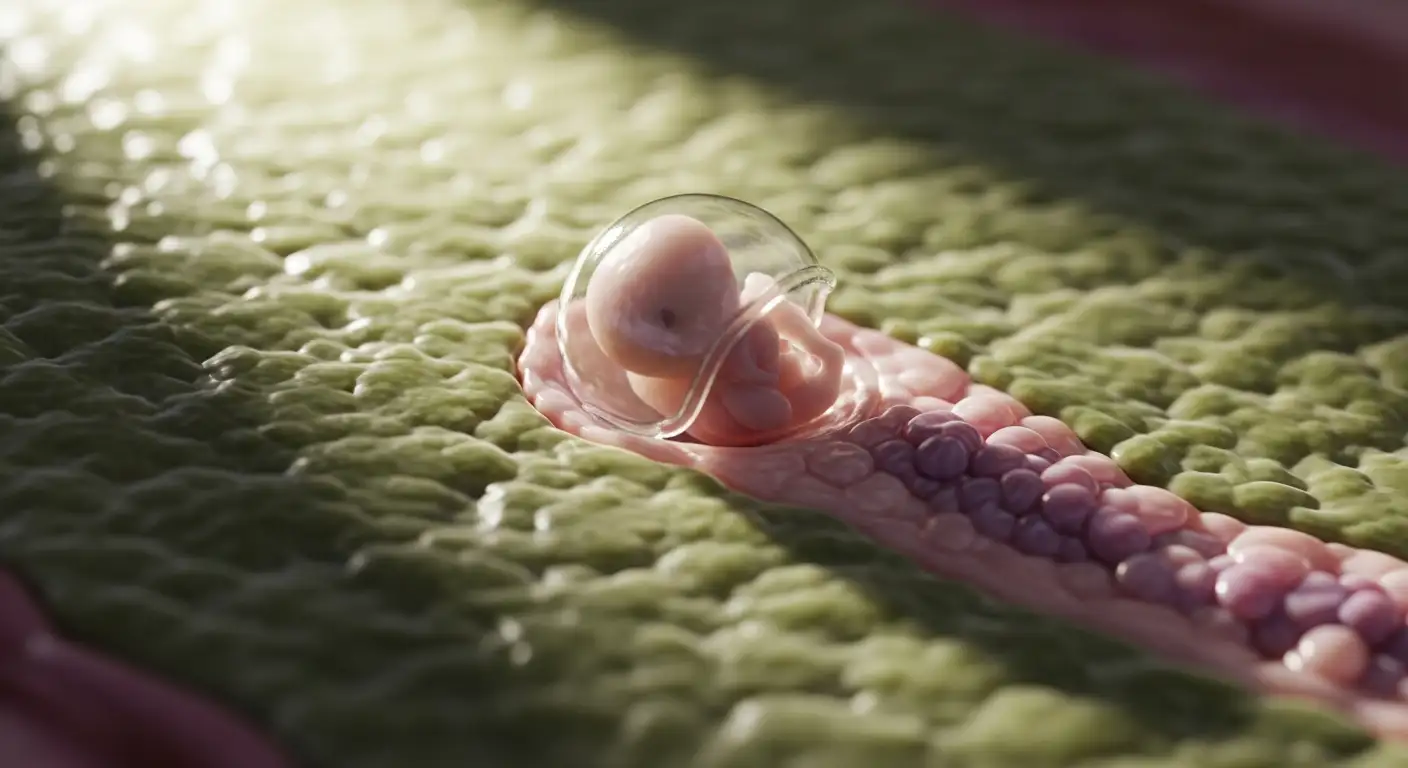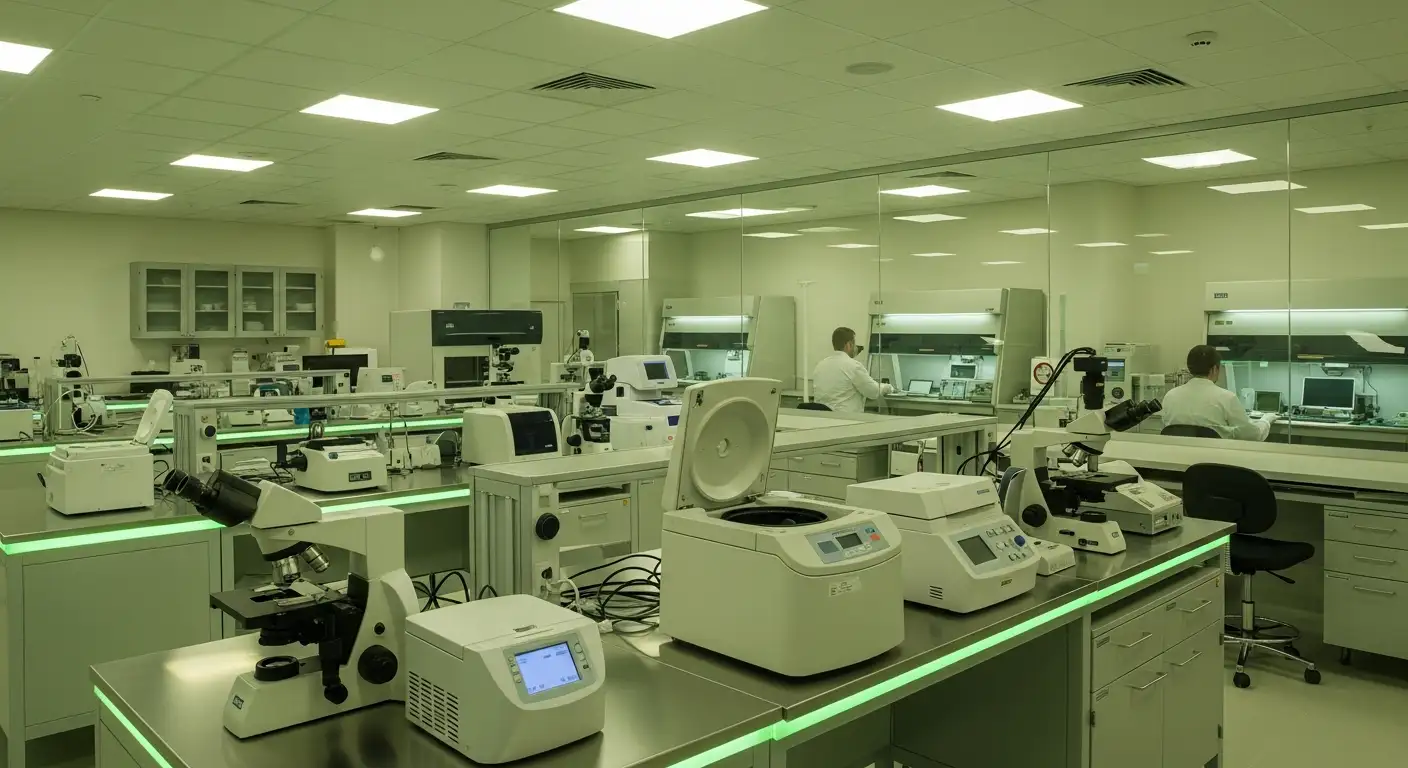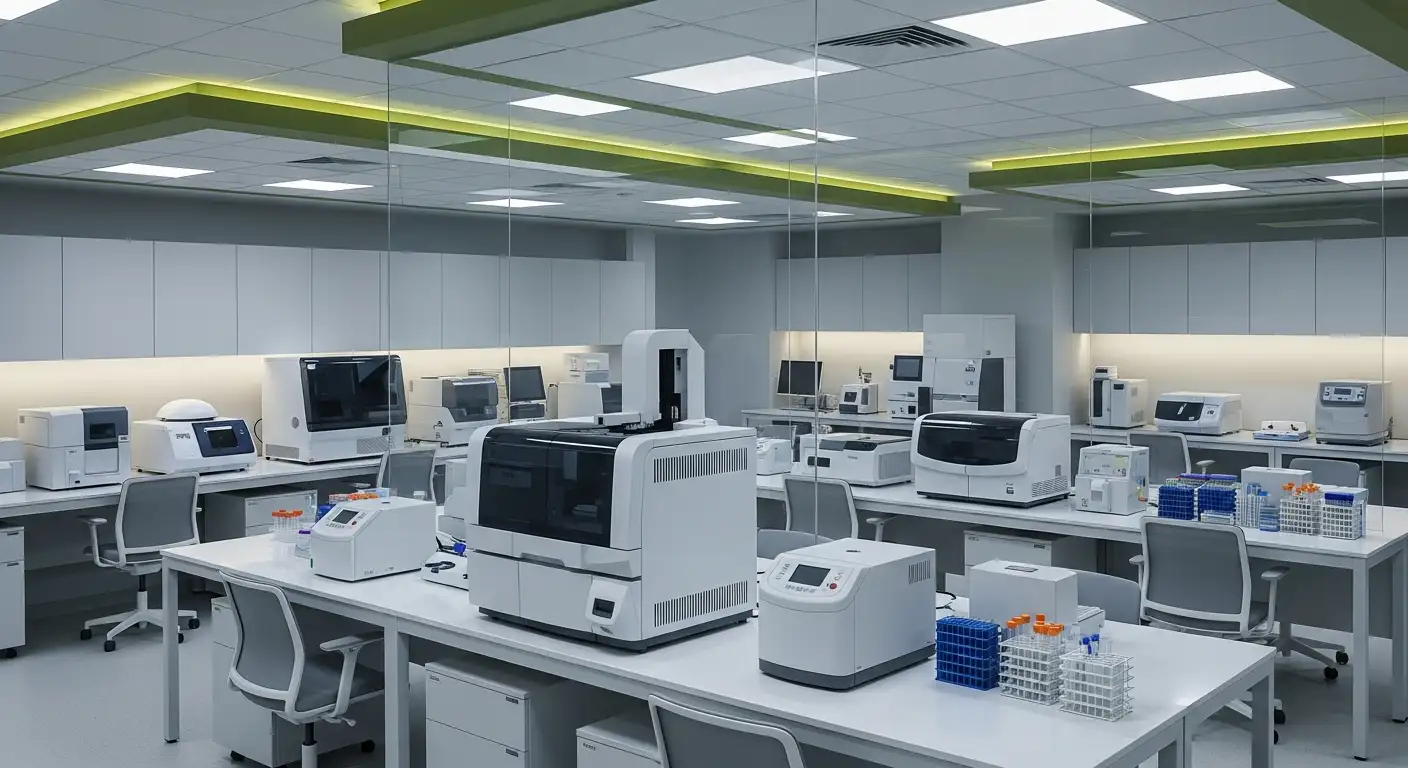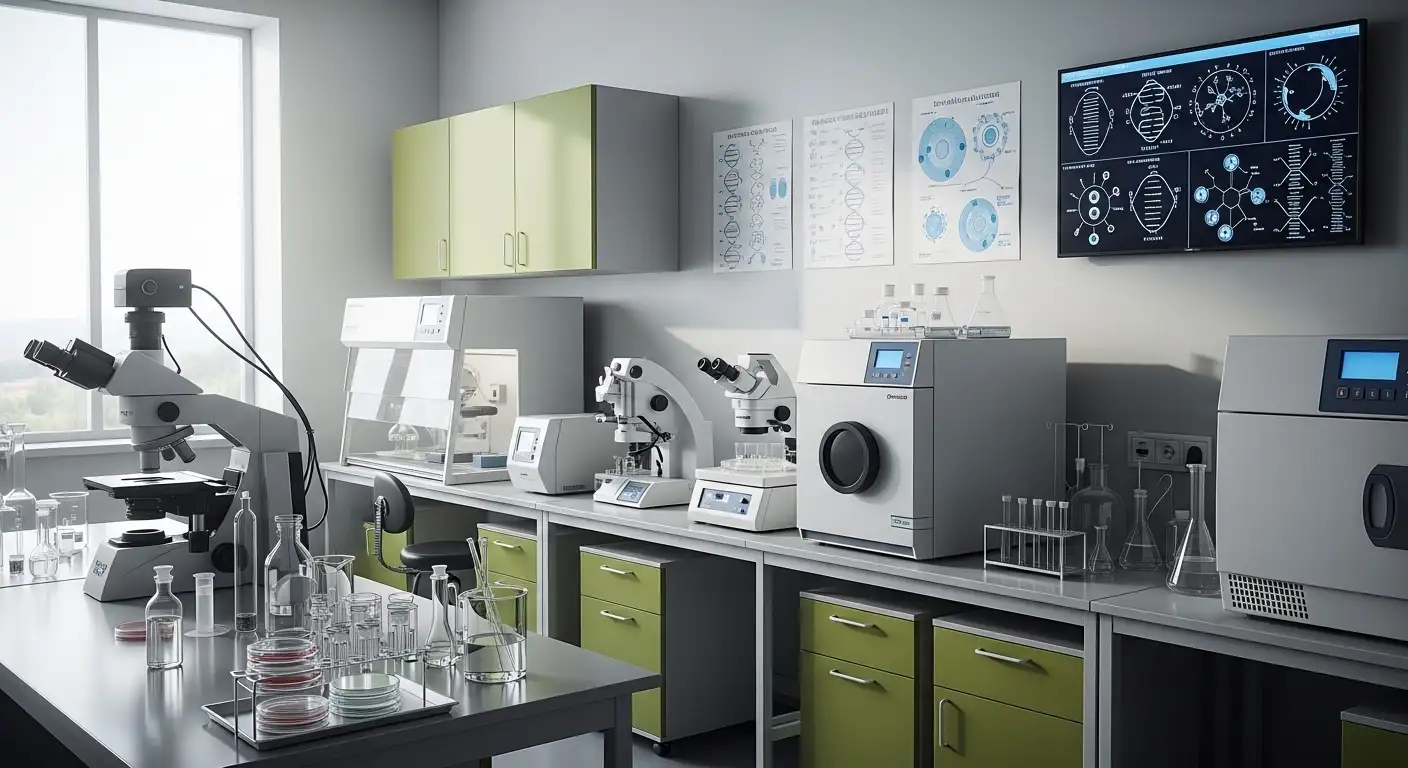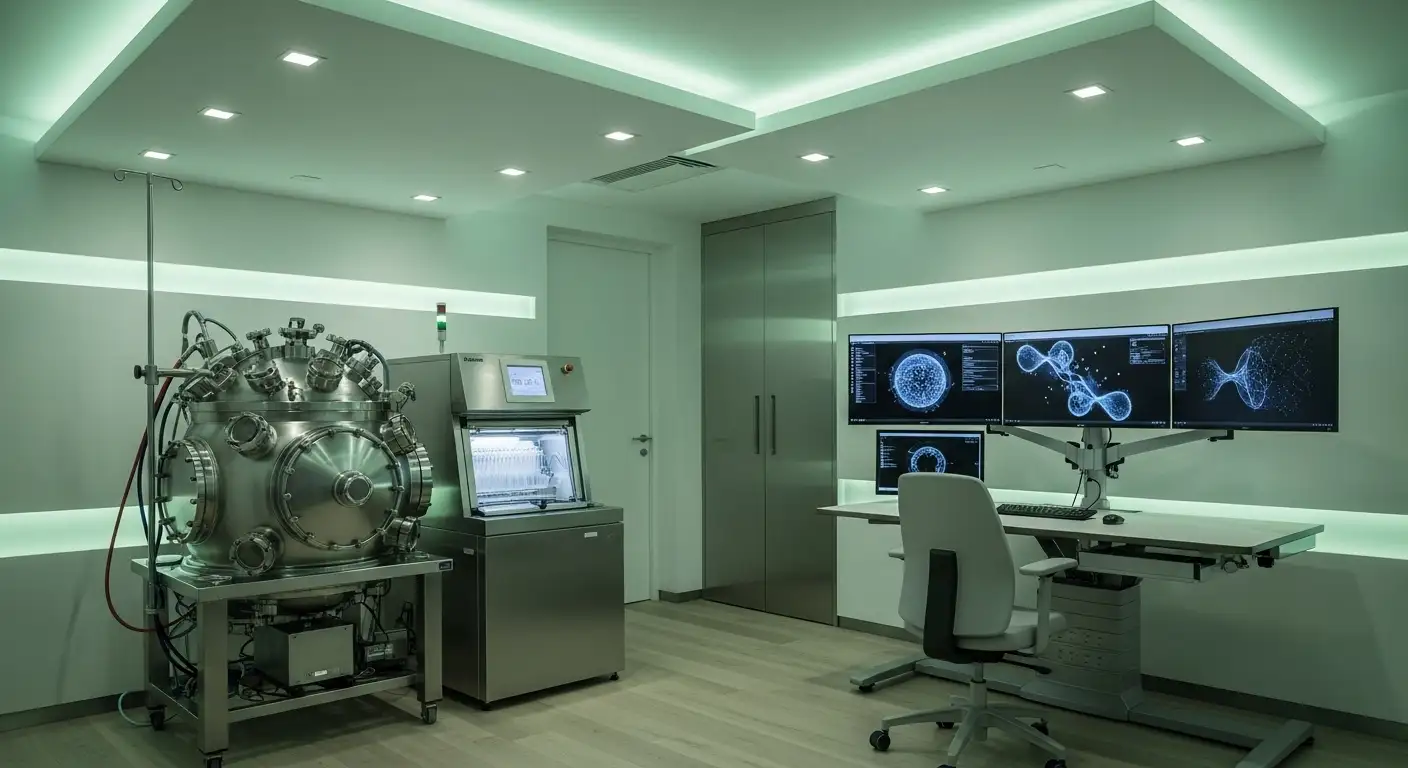How long can frozen embryos remain viable
Exploring the Longevity and Viability of Frozen Embryos in Modern Reproductive Medicine
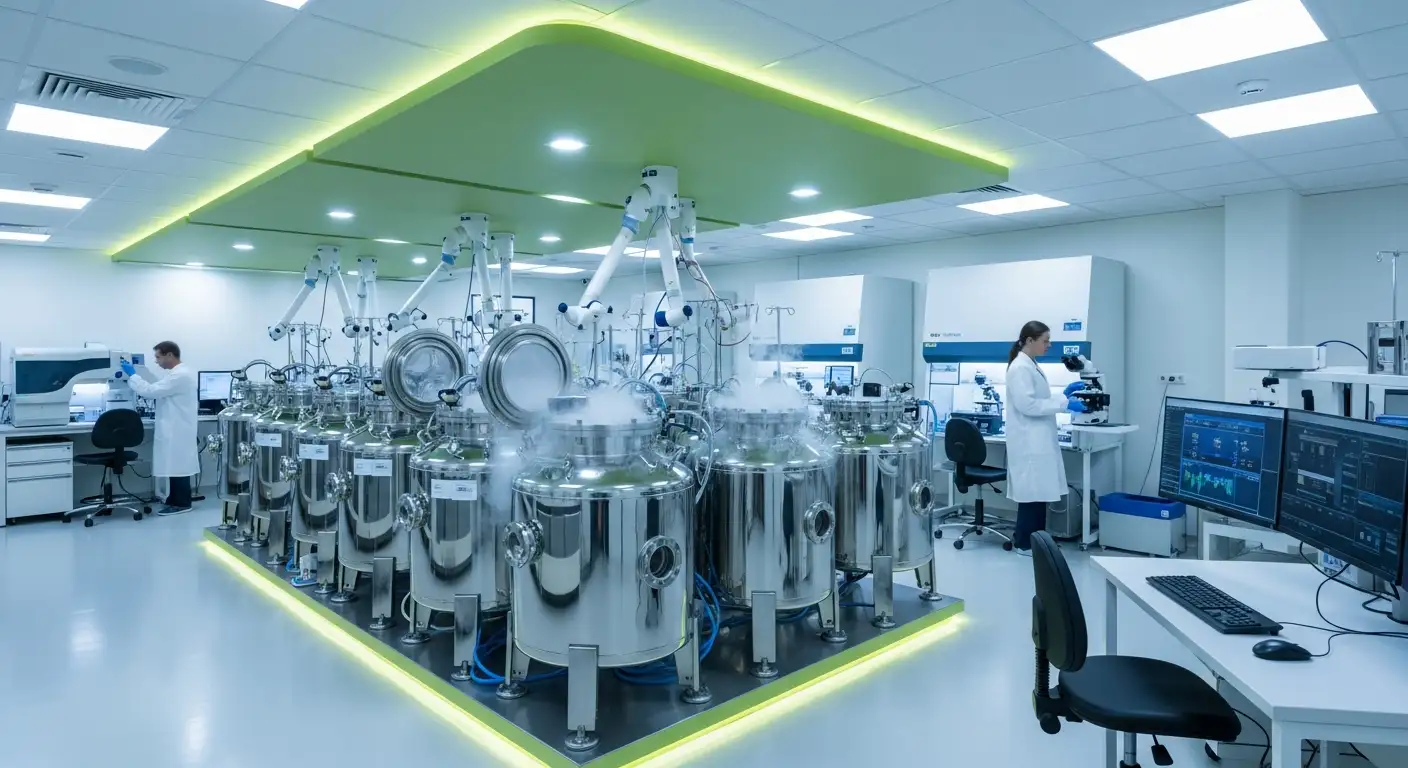
Understanding Embryo Cryopreservation
Embryo freezing, or cryopreservation, has revolutionized fertility treatments by enabling the preservation of embryos for future use. By freezing embryos at ultra-low temperatures, individuals and couples can enhance their chances of conception even years later. This article delves into how long frozen embryos can remain viable, factors influencing their survival, and the broader implications for reproductive health treatments.
The Science Behind Embryo Freezing and Viability
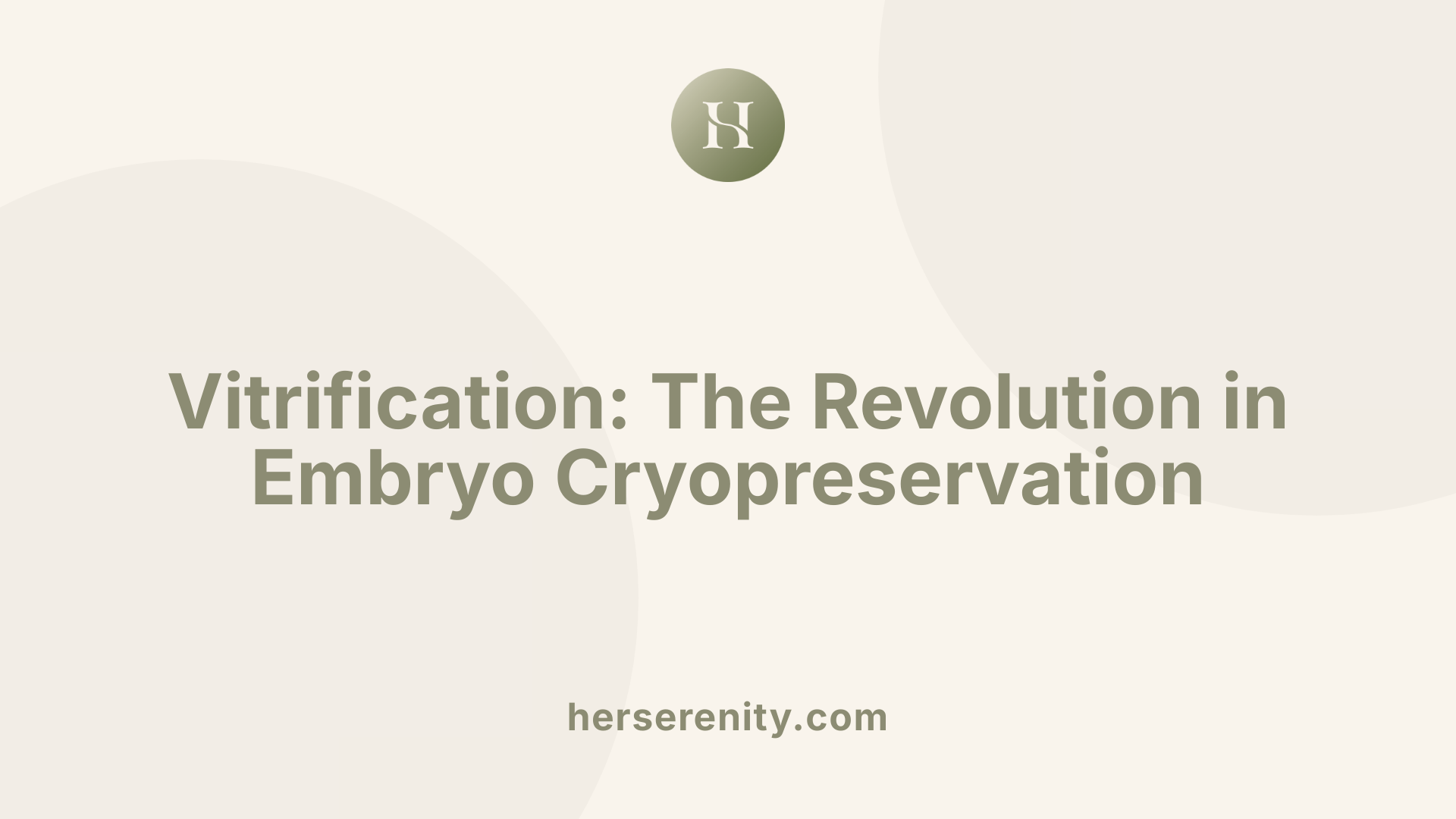
What Is the Process of Embryo Freezing?
Embryo freezing, also known as cryopreservation, involves preserving embryos at extremely low temperatures—around -196°C in liquid nitrogen—to halt their development until they are needed for future use. Typically, embryos are frozen at the blastocyst stage, which is about five days after fertilization when they have developed into a structure ready for implantation.
At What Stages Can Embryos Be Frozen?
Embryos can be frozen at various stages, including:
- Single-cell (zygote) stage
- Two to eight cell stage
- Blastocyst stage (commonly used due to higher viability)
Freezing at the blastocyst stage is preferred because the embryos have demonstrated developmental potential and are more likely to implant successfully after thawing.
What Techniques Are Used for Freezing?
The main technique used today is vitrification — an ultra-rapid freezing process that involves flash-freezing embryos in a cryoprotectant solution. This method prevents the formation of ice crystals within cells, which can cause damage and reduce embryo viability. Vitrification has largely replaced slower freezing methods, offering superior survival rates after thawing (over 95%) and preserving cellular integrity.
How Are Storage Conditions Managed?
Embryos are stored in specialized tanks filled with liquid nitrogen at a stable temperature of -196°C, ensuring they remain in a dormant state. Maintaining constant ultra-low temperatures without fluctuations is critical, as any warming could cause damage to the embryos. Facilities use certified cryostorage tanks with real-time monitoring and adhere to strict quality controls to ensure optimal conditions.
How Viable Are Embryos Over Time?
Scientific studies show that embryos can remain viable for decades when properly cryopreserved. Meta-analyses indicate no significant impact on implantation success, pregnancy outcomes, or birth abnormalities regardless of storage duration — even embryos frozen for over 20 years have resulted in healthy births. This supports the concept that, under appropriate conditions, embryos can be preserved essentially indefinitely.
How Do Advancements in Reproductive Technology Impact Success Rates?
Advancements like vitrification have profoundly improved the success of conception treatments by enhancing embryo survival and implantation rates. By preventing cellular damage during freezing and thawing, vitrification has made frozen embryo transfer (FET) outcomes comparable to those using fresh embryos, thus increasing the overall effectiveness of assisted reproductive technologies (ART).
Longevity of Frozen Embryos: Evidence and Clinical Outcomes

How long can frozen embryos remain viable?
Proper embryo freezing techniques, particularly vitrification—which involves rapid freezing in cryoprotectant solutions—allow embryos to be preserved at stable, ultra-low temperatures around -196°C indefinitely. Maintaining consistent cryogenic conditions prevents ice crystal formation and cellular damage, which is crucial for long-term viability.
Evidence from embryos stored over 20 years
Documented cases have shown embryos frozen for two decades or more resulting in healthy pregnancies and births. This demonstrates that long-term storage does not diminish embryo viability. Studies in prestigious journals like the New England Journal of Medicine report success rates of thawing and implantation for embryos stored 12 to 20 years that are comparable to those of freshly created embryos.
Success rates comparable to fresh embryos
Meta-analyses by major health institutes confirm that frozen embryos have success and birth outcomes on par with fresh embryos, with no significant increase in birth abnormalities. Over 95% of frozen embryos survive the thawing and culture process, and pregnancy outcomes after frozen embryo transfer (FET) remain consistently high.
Impact of storage duration on pregnancy and birth outcomes
Research conclusively shows that the length of embryo storage does not negatively affect implantation rates, pregnancy progression, or neonatal health. Key factors influencing success are embryo quality at freezing, thawing techniques, and maternal health, rather than storage time itself.
Research findings from reputable journals and guidelines
Professional societies such as the American Society for Reproductive Medicine endorse vitrification for indefinite embryo storage. Studies confirm no observable differences in perinatal outcomes between fresh and vitrified embryos, supporting the safety and efficacy of current cryopreservation methods.
Legal time limits and consent requirements for storage
While technically embryos can be stored indefinitely, many jurisdictions legally permit storage up to 55 years from the initial freezing date. Consent for storage renewal typically must be provided every 10 years to comply with ethical standards and regulations.
| Aspect | Details | Notes |
|---|---|---|
| Maximum Viability | Indefinite with proper storage | Supported by vitrification and consistent cryogenic temps |
| Documented Long Storage | >20 years | Successful healthy births reported |
| Success Rate | Comparable to fresh embryos | Supported by NIH meta-analyses and NEJM research |
| Legal Storage Limits | Up to 55 years with consent renewals every 10 years | Varies by jurisdiction |
| Clinical Recommendations | Consultation with fertility specialists to assess embryo quality | Ensures optimal outcomes |
Factors Influencing Embryo Viability Over Time
Embryo Quality at Freezing
The initial quality of embryos when frozen plays a crucial role in their ability to survive thawing and result in successful pregnancies. Embryos are typically frozen at the blastocyst stage (around Day 5 post-fertilization) because this stage optimizes viability. Although freezing may cause loss of a cell or two in some cases, most embryos retain sufficient quality for implantation.
Freezing Methods: Vitrification vs. Slow Freezing
Vitrification, an ultra-rapid freezing technique, has become the preferred method over slow freezing. It involves flash-freezing embryos in liquid nitrogen at -196°C using cryoprotectants that prevent intracellular ice crystal formation. This method preserves cellular integrity more effectively, resulting in higher survival rates—over 95% of vitrified embryos survive thawing—with outcomes comparable to fresh embryos.
Storage Conditions and Temperature Stability
Maintaining stable cryogenic temperatures is essential during storage and shipping. Embryos are stored in certified facilities in liquid nitrogen tanks, where fluctuations in temperature can damage cells. Proper packaging and regulated storage ensure embryos remain viable, potentially indefinitely, as long as these conditions are maintained. The law permits embryo storage for up to 55 years, with consent renewal every 10 years.
Thawing and Transfer Protocols
After removal from storage, embryos are carefully thawed and briefly cultured before transfer. Factors such as maternal age and uterine environment critically impact success rates. The frozen embryo transfer (FET) procedure includes preparing the uterus with hormones to optimize implantation conditions.
Impact of Maternal Age and Uterine Environment
While embryo freezing preserves gamete quality, maternal age at transfer affects obstetric outcomes. A healthy uterine environment supports implantation and reduces risks. Hence, fertility specialists emphasize evaluating these factors for optimal treatment results.
Risks During Cryoshipping and Handling
Cryoshipping, the transport of frozen embryos in specialized dewars at -196°C, poses risks like temperature fluctuations, delays, or mishandling that threaten viability. Trusted providers use high-quality cryogenic tanks, real-time monitoring, and trained teams to minimize these risks. Compliance with regulations is also critical, especially for international shipments.
What factors influence the choice of reproductive health treatments for individuals and couples?
Treatment decisions depend on multiple aspects, including individual biological factors such as age and fertility challenges, embryo quality at freezing, and freezing methods employed. Ensuring proper storage and handling—like stable cryogenic temperatures during storage and shipping—safeguards embryo viability. Furthermore, personal preferences, accessibility to fertility clinics, as well as ethical and legal frameworks, shape the selection of reproductive health treatments involving cryopreserved embryos.
Fertility Treatments and the Role of Frozen Embryos
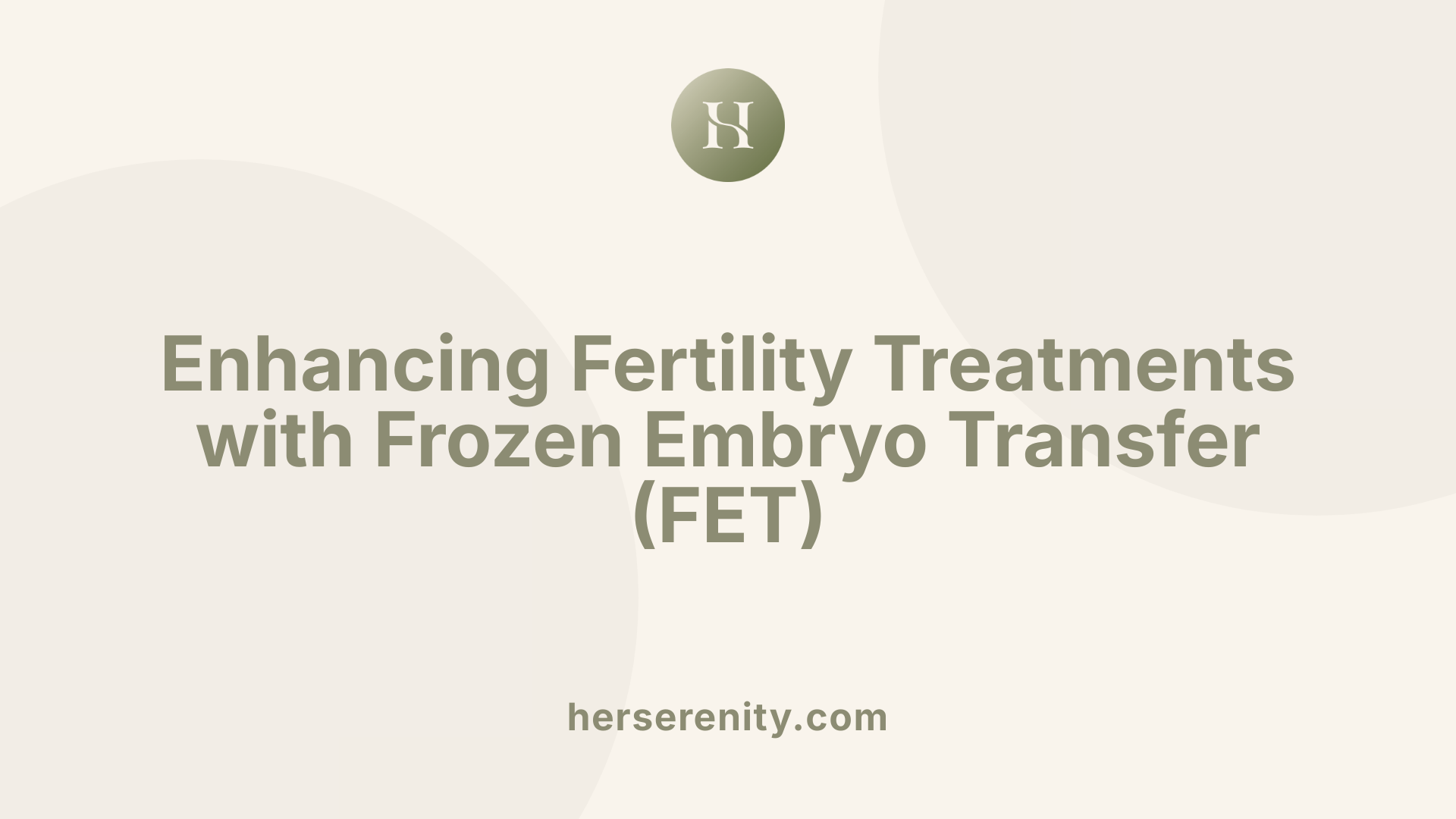
What Are the Common Medical Treatments and Services Available to Assist Individuals and Couples with Conception?
Common fertility treatments encompass medications to stimulate ovulation, surgical options to correct anatomical issues, and assisted reproductive technologies (ART) like in vitro fertilization (IVF) and intrauterine insemination. IVF involves stimulating the ovaries to produce multiple eggs, retrieving them via a minimally invasive outpatient procedure, fertilizing them with sperm in the lab, and then transferring embryos to the uterus. Embryo freezing, or cryopreservation, plays a crucial role by allowing surplus embryos to be preserved for future use, thereby increasing treatment flexibility and cumulative pregnancy chances. Importantly, counseling services are integrated into fertility care to help patients navigate complex medical, emotional, and ethical considerations.
How Do Fertility Treatments Help Individuals and Couples Overcome Infertility?
Fertility treatments are designed to target specific reproductive challenges. For example, they can compensate for irregular ovulation, blocked fallopian tubes, or poor sperm quality by facilitating fertilization outside the body. Cryopreservation of embryos extends these benefits by enabling embryos created during an IVF cycle to be stored at extremely low temperatures (around -196°C), preserving their viability for years or even decades. This approach is particularly beneficial for patients facing treatments like cancer therapies or gender affirmation procedures, which may compromise future fertility. Thus, frozen embryos provide a safeguard, offering opportunities for conception when patients are ready.
What Are the Potential Risks and Benefits Associated with Different Fertility Treatments?
Fertility treatments offer significant benefits including increased pregnancy rates and the ability to plan family building with greater flexibility through embryo freezing. Frozen embryo transfers (FET) provide safety comparable to fresh transfers, with over 95% of embryos surviving thawing and resulting in similar success rates. Major benefits also include reducing the need for repeated invasive procedures. However, risks exist such as medication side effects, the chance of multiple pregnancies, procedural complications, and emotional or ethical challenges surrounding embryo disposition. Clinics mitigate risks by providing thorough counseling and adhering to strict ethical guidelines, including consent processes for embryo storage and use.
How Does Embryo Freezing Enhance Treatment Options?
Freezing embryos via vitrification, an ultra-rapid freezing method that prevents ice crystal formation, preserves embryo quality effectively. This technique allows embryos to remain viable indefinitely if stored correctly and enables multiple attempts at pregnancy using embryos from a single IVF cycle. It also permits preimplantation genetic testing to be performed before freezing, optimizing implantation potential. The ability to store embryos long-term broadens patient choices for timing pregnancies and managing fertility alongside other life challenges.
What Counseling and Ethical Considerations Accompany Fertility Treatments?
Counseling forms an essential part of fertility care, helping individuals and couples understand potential outcomes, cope with emotional stress, and make informed decisions regarding embryo storage, use, donation, or disposal. Ethical considerations focus on consent, the duration of storage (legally allowed up to 55 years with periodic consent renewal), and options for unused embryos. Fertility clinics are required to offer counseling and provide transparent information, ensuring patients’ rights and well-being are prioritized.
How Does Embryo Freezing Assist Patients Undergoing Treatments That Impact Fertility?
For patients anticipating treatments that could impair reproductive capacity—such as chemotherapy or gender affirmation surgery—embryo freezing offers a chance to preserve fertility. Eggs are retrieved, fertilized, and embryos are cryopreserved before treatment begins. This safeguard allows patients to pursue their desired medical care while maintaining the option of biological parenthood in the future. Rigorous storage protocols and specialized shipping procedures maintain embryo viability, even if transport between storage locations is necessary.
Future Directions and Ethical Frameworks in Embryo Cryopreservation
Potential for Indefinite Embryo Viability
Advances in cryopreservation, particularly the widespread use of vitrification, have set the stage for embryos to remain viable indefinitely when stored under optimal conditions. This technology prevents ice crystal formation, minimizing cellular damage and ensuring that embryos can be thawed successfully even after decades in storage. Records of healthy births from embryos frozen for over 20 years highlight this remarkable potential.
Ethical Considerations Including Consent Renewal and Donation
As embryo cryopreservation becomes more routine, maintaining ethical boundaries is critical. Patients must renew their consent every 10 years to continue storage, providing opportunities to reassess reproductive intentions. If embryos are no longer needed, options such as donation for research, training, or to other individuals require explicit consent. These practices ensure respect for patient autonomy and ethical use.
Regulatory Frameworks Governing Embryo Storage
Regulations play a pivotal role in safeguarding embryo storage, with laws permitting storage up to 55 years from the initial date, contingent on consent renewal. Licensed facilities adhere to strict standards for temperature control and documentation. These frameworks ensure embryos are preserved with high-quality control measures, protecting patient interests and public trust.
Advancements That May Further Extend Viability or Improve Outcomes
Continued innovation seeks to improve embryo freezing techniques and shipping processes, such as enhanced cryoshipping logistics with real-time temperature monitoring and better packaging solutions. These improvements are anticipated to further reduce risks during storage and transport, boosting success rates and broadening access to fertility preservation.
Implications for Patient Counseling and Reproductive Planning
Given the complexity of long-term storage and the personal significance of stored embryos, clinics provide thorough counseling. Patients receive guidance on viability, legal aspects, and ethical considerations tailored to their circumstances. This counseling helps individuals make informed decisions about family building, addressing not only biological but also psychological and legal facets.
How do advancements in reproductive technology impact success rates of conception treatments?
Ongoing technological improvements not only enhance embryo survival and pregnancy rates but also raise ethical and regulatory questions about long-term storage and use. Clear guidelines for storage duration, consent renewal, and donation ensure ethical standards are upheld while offering patients confidence in their reproductive options.
Summarizing the Promise of Frozen Embryos
Embryo cryopreservation has transformed reproductive medicine by enabling embryos to remain viable for decades under optimal conditions. Advances such as vitrification and stringent storage protocols ensure frozen embryos perform comparably to fresh ones, offering hope and flexibility to individuals and couples facing fertility challenges. While biological, technical, and legal factors shape treatment choices and outcomes, ongoing research and ethical safeguards continue to refine this critical technology. Ultimately, frozen embryo viability represents a cornerstone in modern fertility care, supporting family building now and into the future.
References
- How Long Can Embryos Be Frozen and Still Be Viable?
- How Long Can Embryos Be Frozen and Still Be Viable
- How long can frozen embryos, eggs, and sperm be stored?
- Embryo freezing
- P-712 Optimal interval time between embryo freezing and ...
- Freezing Embryos
- Cryoshipping for IVF: Safe Transport of Eggs, Sperm, and ...




